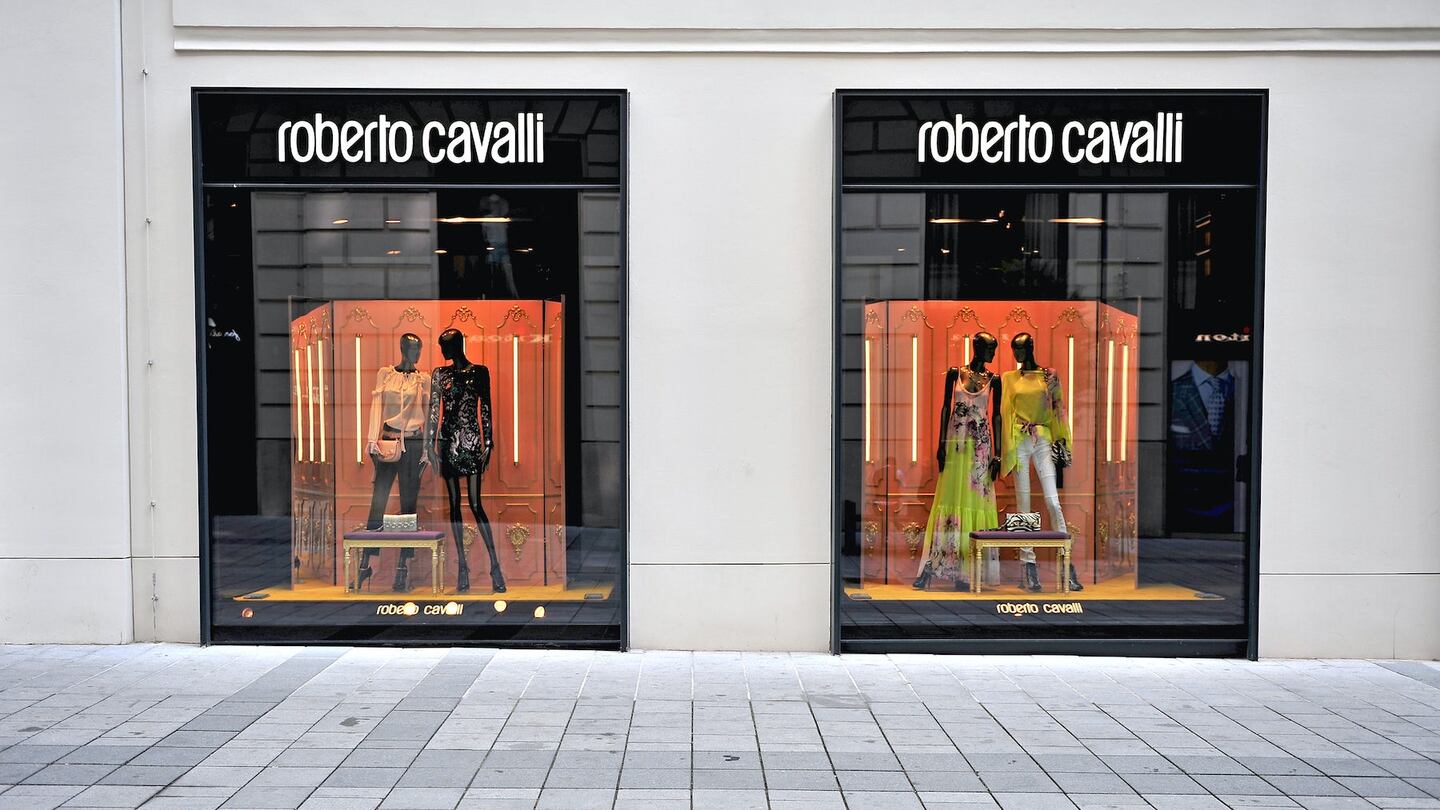
The Business of Fashion
Agenda-setting intelligence, analysis and advice for the global fashion community.

Agenda-setting intelligence, analysis and advice for the global fashion community.

MILAN, Italy — Italian fashion house Roberto Cavalli was bought on Thursday by Hussain Sajwani, the chairman of Dubai's Damac Properties, the companies said, ending a long sale process.
The Florence-based group, founded by designer Roberto Cavalli in the early 1970s and famed for its animal prints, had been struggling for years to relaunch its sales and gain visibility in an industry that is increasingly dominated by large cash-rich conglomerates.
Damac's Sajwani bought Cavalli through his private investment company Vision Investments, part of the DICO Group, which owns luxury resorts and hotels and shopping malls, a statement said.
DICO Group said the deal was a significant step in the group's strategy and was an evolution of a partnership signed back in 2017, under which Cavalli would develop the interiors for some luxury hotels.
ADVERTISEMENT
DICO said it would ensure the stability of Cavalli's management.
Italian private equity firm Clessidra took over Cavalli in 2015 in a bid to turn it around, but after two years started looking for a new investor as the fund holding the stake was close to its statutory investment limit and there was no sign of a recovery by the group, sources said at the time.
In March, the fashion house asked for creditor protection in order to make the sale process easier and it later entered a debt restructuring agreement.
In June, five potential investors emerged to rescue the fashion house, including Dubai's Damac, Italy's Diesel-owner OTB and US brand management company Bluestar Alliance, sources said.
By Claudia Cristoferi; editors: Giulia Segreti and Elaine Hardcastle
The Swiss watch sector’s slide appears to be more pronounced than the wider luxury slowdown, but industry insiders and analysts urge perspective.
The LVMH-linked firm is betting its $545 million stake in the Italian shoemaker will yield the double-digit returns private equity typically seeks.
The Coach owner’s results will provide another opportunity to stick up for its acquisition of rival Capri. And the Met Gala will do its best to ignore the TikTok ban and labour strife at Conde Nast.
The former CFDA president sat down with BoF founder and editor-in-chief Imran Amed to discuss his remarkable life and career and how big business has changed the fashion industry.